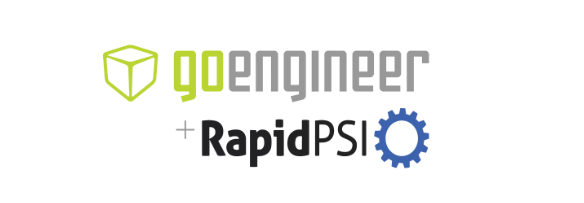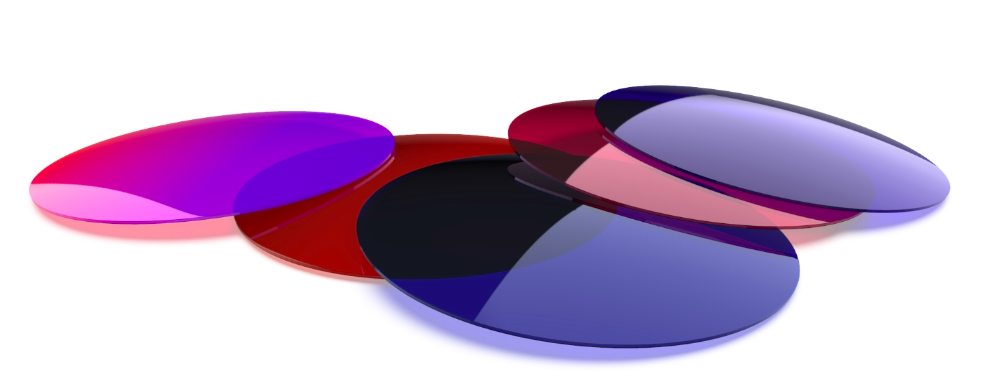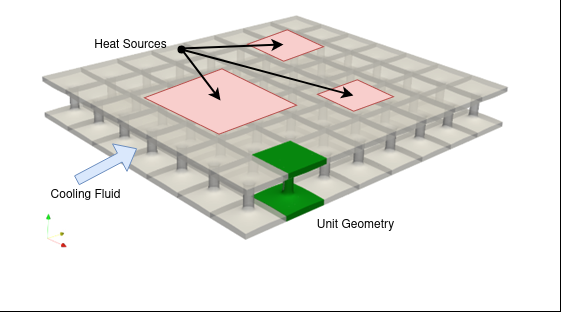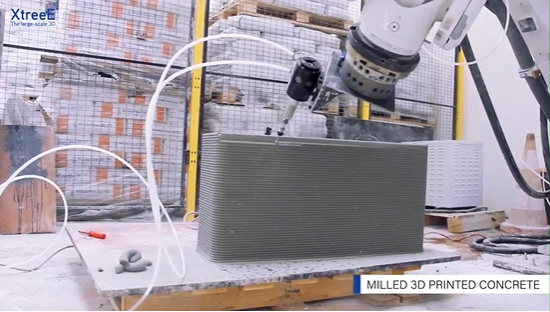We’ve got news about an acquisition and a collaboration to start off today’s 3D Printing News Briefs, before moving on to two stories about additive manufacturing software. Then there’s a story about a grant for heat exchanger design, a milling head that integrates into a 3D printing solution, and interesting 3D printed hook and loop fasteners. Finally, an aquaculture business 3D printed a wood tank for growing oysters.
GoEngineer Acquires Rapid PSI to Expand 3D Printing Capabilities
Engineering software, hardware, and services provider GoEngineer is expanding its 3D printing capabilities with the acquisition of Kansas-based 3D printing service bureau Rapid PSI. By pairing GoEngineer’s varied portfolio of engineering solutions, which includes CAMWorks, Stratasys, and SOLIDWORKS, with Rapid PSI’s reputation as a leader in supply 3D printed parts, the industry will enjoy increased access to 3D printing expertise and capabilities, such as customized solutions, prototyping, and production-grade printing. The RAPID PSI office and team will remain in Wichita and continue to support that region.
“We see great potential in joining forces with GoEngineer and leveraging their extensive resources and network. Together, we will be able to offer even more advanced 3D printing solutions to our clients, helping them revolutionize their product development processes,” said Phil Nettleton, President of Rapid PSI.
flō Collaborating with Weizmann Institute of Science on Advanced Optical Materials
Israeli startup flō is collaborating with Yeda Research and Development Co., Ltd., the commercial arm of the country’s prestigious Weizmann Institute of Science, having signed an exclusive license agreement to use Weizmann Advanced Materials for ophthalmic coatings applied with its own proprietary AM technology. Optical lenses need protective coatings, which come in a range of functions, but the manual process to coat them is expensive and time-consuming. Plus, since it’s an analog process, it’s hard to achieve repeatability, which then results in defects. But a digital process using flō’s multi-material, multi-layered optical coatings makes it possible to accurately control coating down to the micro level, offering improvements in cost, functionality, sustainability, quality, and more.
“We are humbled by this partnership. The Institute’s vast know-how regarding advanced materials in optics, coupled with its amazing academic talent, gives us unprecedented access to innovation resources. We have the advanced technology, staff, and the right partnerships in place – a recipe for success,” said flō’s CEO & Chairman Jonathan Jaglom.
Mastercam Designs New Software Add-On for Additive Manufacturing
Top CAD/CAM software Mastercam announced that it has a new add-on product designed for additive manufacturing. Mastercam APlus by CAMufacturing Solutions uses the same interface that Mastercam users already know, and enables customers with Mastercam Mill, Lathe, and Router licenses to program, backplot, and simulate 3D printing scenarios the same way they would with traditional Mastercam toolpaths. The add-on uses Direct Energy Deposition (DED), integrates seamlessly with Mastercam, and its toolpaths were created specifically to handle any AM geometry, in addition to features and utilities meant to improve efficiency and remove uncertainty from the process. The new Mastercam APlus add-on by CAMufacturing Solutions is now available for purchase through Mastercam’s worldwide reseller channel.
“APlus brings Additive Manufacturing to the Mastercam user in a form that is consistent with the workflow used for over 40 years,” said Kenneth Fortier, Technical Product Manager, Mastercam. “Direct Energy Deposition is making its way into many machine shops and being able to program hybrid machines or dedicated additive machines using Mastercam makes the transition seamless. With the hybrid process of alternating adding material and milling allows parts with internally machined features to be created that would have been impossible without additive.”
Trumpf’s 3D Printing Software Saves Material with No Support Structures
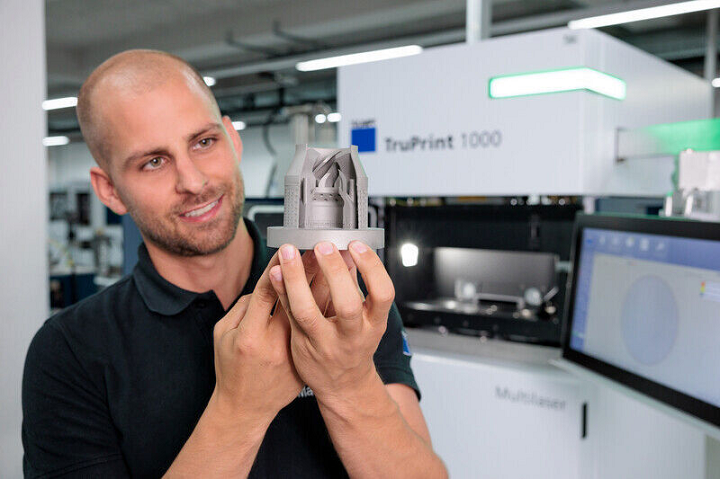
Trumpf has improved the software of metallic 3D printing so that many components can be additively manufactured completely without support structures.
At the recent EMO Hannover 2023 trade fair, Trumpf showcased an improved version of its Trutops Print software, which allows users to fabricate metal components with extreme overhangs of up to 15° without using support structures. These new functions save on both material and time, and enable the creation of near-net-shape components, like internal cooling channels with large diameters. Support-free 3D printing is extremely useful in many industries to create parts with tricky overhangs or large cavities, such as hydraulic blocks, tanks, tool inserts for plastic injection molding, and impellers. It’s also possible to print without support structures in many cases even when you’re using materials that are hard to process, like stainless steel.
Trumpf wants to precisely control in what time, and at which point, material should be liquid and then hard again during 3D printing; this is done by using the right exposure strategies to avoid residual stress and overheating in the overhang area. With its enhanced Trutops Print software, the printer expands the limits of 3D printing. It exposes different areas of the print with the best strategy for each case, which is why support structures are hardly needed. The improved gas flow of new Trumpf 3D printers also allows users to achieve uniform process conditions, and heat is dissipated from the exposed part to prevent component distortion that results from internal stresses.
TOffeeAM & Imperial College London Awarded Grant for Next-Generation Heat Exchangers
Imperial College London and TOffeeAM worked together to win a grant from InnovateUK, part of non-departmental public body UK Research and Innovation (UKRI), which drives productivity and economic growth by supporting businesses to develop and realize the potential of innovative ideas. The grant will go towards an exciting and ambitious project, “Multiscale Optimization Framework for the Next Generation of Heat Exchangers.” It’s focused on developing an alternative design framework for cold plates, which could revolutionize thermal efficiency, and aims to provide engineers with the ability to create heat exchanger designs that are above and beyond the traditional “serpentine” solutions—instead requiring less pumping energy to operate and offering superior heat transfer.
TOffeeAM develops generative design software for engineering components, and will use cutting-edge multi-scale methods pioneered by researchers in Imperial College London’s Department of Aeronautics during the 14-month project. The market size for each exchangers is estimated to reach $26.26 billion by 2030, so if this project is successful and the solution widely adopted, not only will it result in higher-performance heat exchangers and a simplified design approach for engineers, but it will also help to reduce CO2 emissions.
XtreeE Introduces Advanced Milling Integration Option
Technology platform XtreeE, which is on a mission to increase construction productivity while shaping a low-carbon living environment, enables architects, engineers, product designs, project owners, and construction and precast firms to design and and manufacturing optimized building and infrastructure elements through the use of its large-scale, six-axis robotic 3D printing solutions. Now, the company is making its technology hybrid with a new advanced milling technology, which integrates directly into its 3D printing solution. The workflow is efficient, as it supposedly takes just five minutes to switch between 3D printing and milling, and the new milling head can easily smooth, polish, and texture 3D prints for an excellent finish.
In response to a comment on its LinkedIn post sharing the news, XtreeE replied, “XtreeE’s vision is all about delivering certified finished products that work as both permanent formworks and structural elements. The key idea here is to make assembly straightforward and precise, eliminating the need for risky on-site adjustments. This not only boosts safety but also ensures top-notch quality and cost savings in construction.”
3D Printed Velcro…Hook and Loop Fasteners
Velcro is a trademark, so we’ll call this cool project that Hackaday writer Al Williams highlighted by its actual name: 3D printed hook and loop fasteners. In his latest Teaching Tech video on YouTube, industrial designer and primary/secondary teacher Michael Laws investigated these 3D printed fasteners, exploring the available models on Printables and converting his favorite design to a fully parametric version in OpenSCAD. After first explaining what Velcro is, and how the 3D printed version works, he began to investigate the best material to use when 3D printing hook and loop fasteners. Laws tried out PLA, TPU, and PETG, and after strength testing, found that the latter was the best option, with what Hackaday described as a “surprisingly robust” bond. Plus, the stringing on the print was actually an advantage for this project.
“Some of the designs were rather large, like we would have expected. However, some of the designs were fairly small and looked almost like real Velcro,” Williams wrote. “However, since the pattern is not as random as the fabric portions of the real deal, it seems like alignment between parts is more critical when you are joining the two halves.”
Aquaculture: 3D Printed Wooden Oyster Tank
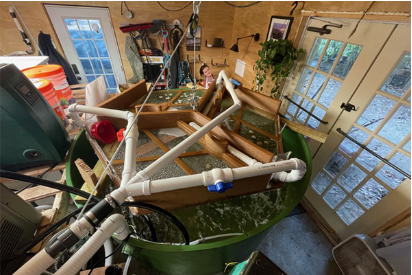
New Maine oyster farm Muddy River Farm Aquaponics will be using a revolutionary new tank for its oysters, one made of 3D printed wood.
Finally, Muddy River Farm Aquaponics (MRF) in Maine wants to provide healthy and low-cost freshwater fish, vegetables, and seafood through innovative, sustainable methods and grow techniques, and is opening a new solar-powered aquaculture facility with a 3D printed wood tank for its oysters. MRF owner Matt Nixon, a PhD candidate at the University of Maine, spent 11 years working for the state, looking at various aspects of sustainable fisheries, and noticed how warming waters negatively affected different water-related industries. He wanted a way to grow oysters without needing to be near or on the water, and decided that tanks were the way to go, but typical glass, concrete, and steel ones were too expensive. A colleague suggested that he try 3D printing, and since the university is home to one of the world’s largest polymer printers, in addition to having a cooperative agreement with the US Department of Energy to find new 3D printing applications, it was a perfect match.
Nixon and his team developed a patent-pending prototype design, 3D printed out of biodegradable lumber scraps and waste, that won’t degrade in salt water. It’s a plug-and-play, vertical, closed loop system with constant water flow, and the whole tank structure, which consists of six stacked hexagons, measures about 8′ x 8′. It needs very little electricity to run, and small oysters inside the tank can grow to near-market size in five months, as opposed to three years in the ocean. Instead of waiting for the right water temperatures, the oysters can be grown year-round, and MRF can produce 20,000 per array. Nixon plans to license the technology, so the wood tanks can be 3D printed and deployed around the world, even where there’s no water; he says that ideally, someone could even “get a lease for an aquaculture site to grow oysters in their garage.”
Subscribe to Our Email Newsletter
Stay up-to-date on all the latest news from the 3D printing industry and receive information and offers from third party vendors.
You May Also Like
Gorilla Sports GE’s First 3D Printed Titanium Cast
How do you help a gorilla with a broken arm? Sounds like the start of a bad joke a zookeeper might tell, but it’s an actual dilemma recently faced by...
Nylon 3D Printed Parts Made More Functional with Coatings & Colors
Parts 3D printed from polyamide (PA, Nylon) 12 using powder bed fusion (PBF) are a mainstay in the additive manufacturing (AM) industry. While post-finishing processes have improved the porosity of...
$25M to Back Sintavia’s Largest Expansion of Metal 3D Printing Capacity Since 2019
Sintavia, the digital manufacturing company specializing in mission-critical parts for strategic sectors, announced a $25 million investment to increase its production capacity, the largest expansion to its operations since 2019....
Velo3D Initiates Public Offering in a Bid to Strengthen Financial Foundations and Drive Future Growth
Velo3D (NYSE: VLD) has been among a number of publicly traded 3D printing firms that have attempted to weather the current macroeconomic climate. After posting a challenging financial report for 2023,...


